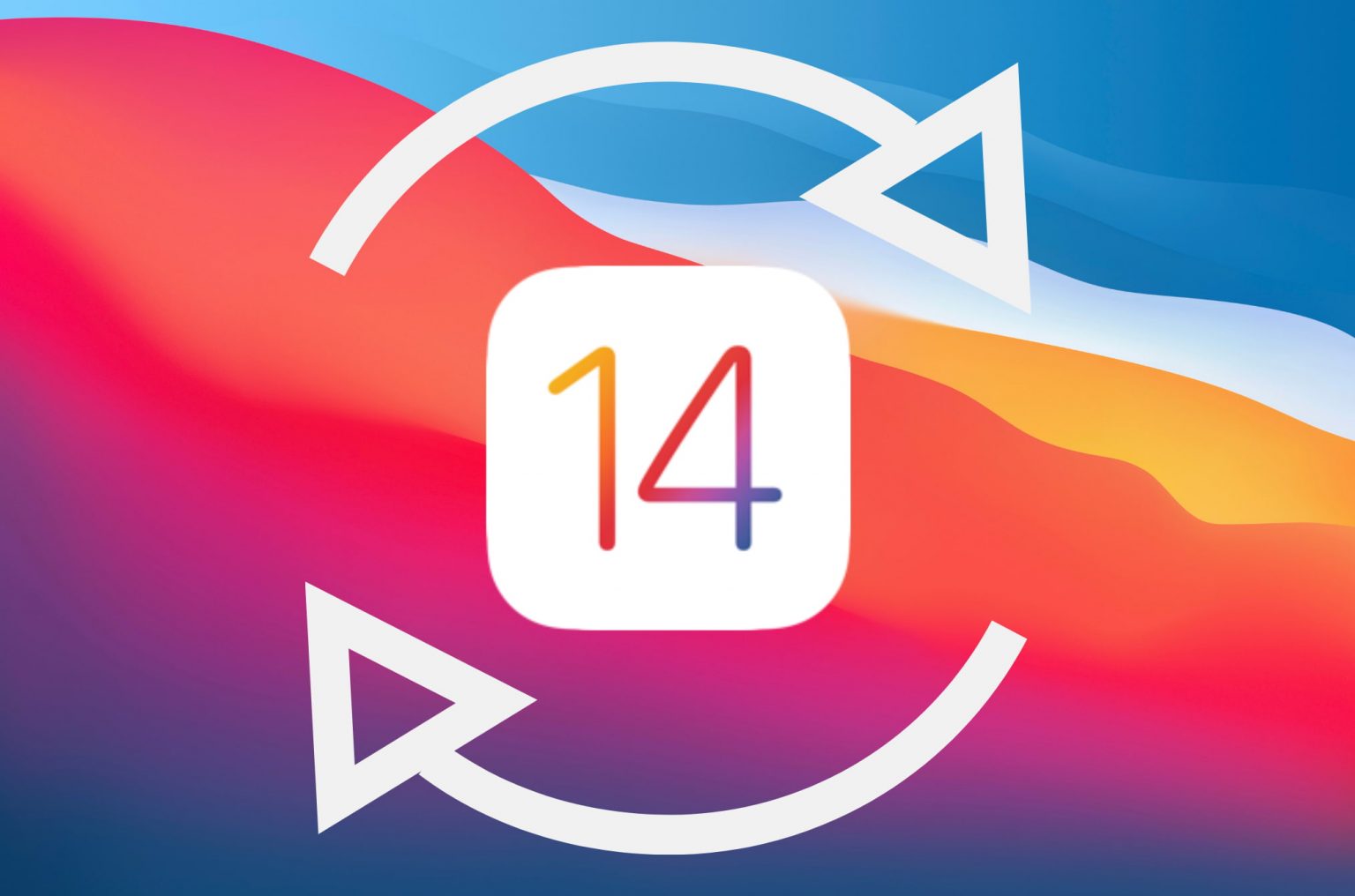Apple released iOS & iPadOS 14.4.1 last Monday alongside similar updates for macOS and watchOS with security vulnerability patches. But as many already know with Apple’s rather frequent software updates, it’s never long after a release before the company stops signing the previous version of its mobile operating system(s).
Such is the case with iOS & iPadOS 14.4, which Apple stopped officially signing just this evening. This move on the Cupertino-based tech giant’s part means that iPhone, iPad, and even iPod touch users will no longer be able to downgrade their firmware from iOS or iPadOS 14.4.1 to the older iOS or iPadOS 14.4 release.
It’s not particularly common for an average iPhone or iPad user to fancy downgrading their handset’s installed firmware, but this practice tends to be much more prevalent in the jailbreak community where only older versions of iOS and iPadOS may be vulnerable to a particular kernel exploit that powers a jailbreak. This is, in fact, one of the primary reasons why Apple stops signing older releases in the first place, as it makes jailbreaking much more challenging – especially for those who’ve installed newer versions of iOS or iPadOS.

For what it’s worth, a public jailbreak only exists for all devices on iOS or iPadOS 14.0-14.3 at the time of this writing. Only those sporting the venerable iPhone X or older would be able to jailbreak iOS or iPadOS 14.4 or later, as the checkra1n jailbreak takes advantage of an un-patchable hardware-based bootrom exploit called checkm8.
Jailbreaking aside, there are other legitimate reasons as to why someone might want to downgrade their iPhone or iPad’s firmware as well. One example would be when Apple launches a new firmware that introduces new bugs on certain handsets, in which case downgrading the installed firmware could resolve the problem until Apple launches a fix via another software update. We’ve seen this before with the likes of iOS & iPadOS 13.2, which inadvertently introduced highly aggressive backgrounded app management that interfered with common activities such as background media playback, among other things.
By controlling which versions of iOS or iPadOS are signed at any given moment, Apple can more effectively force larger software update yields than they could otherwise, which works in the company’s favor when they brag about new software adoption when compared with competitors at Keynote addresses. But there’s definitely more to the story here, as Apple is responsible for keeping customers safe from malicious hackers, and ensuring the highest percentage of its users have the latest bug fixes and security patches as possible is one way to do just that.
Despite Apple’s attempts to curtail software downgrades on iPhones and iPads, it’s still certainly possible to bypass Apple’s signing mechanism. Doing so, however, requires that users deliberately go out of their way to save their handset’s .shsh2 blobs when a particular version of iOS or iPadOS is being signed. Then, they must utilize a third-party utility known as futurerestore to downgrade to that particular version.
As always, you can see what version(s) of iOS or iPadOS are being signed via the handy IPSW.me online utility. You can also download specific version(s) of iOS or iPadOS for your device from our downloads page should the need ever arise.
Has the unsigning of iOS and iPadOS 14.4 impacted you adversely in any way? Share your thoughts in the comments section down below.




